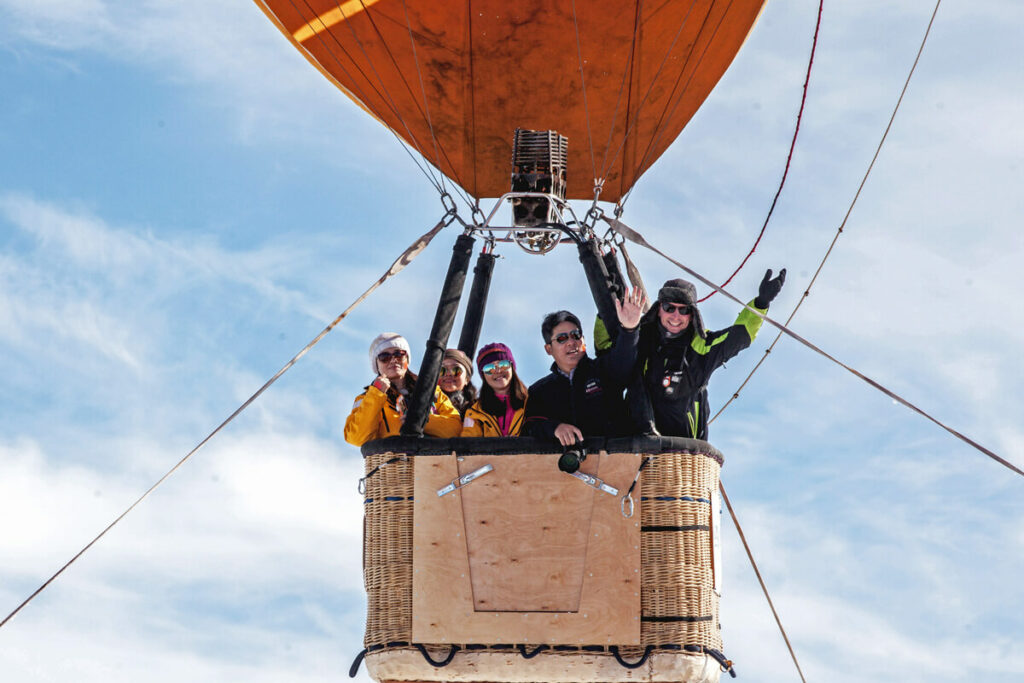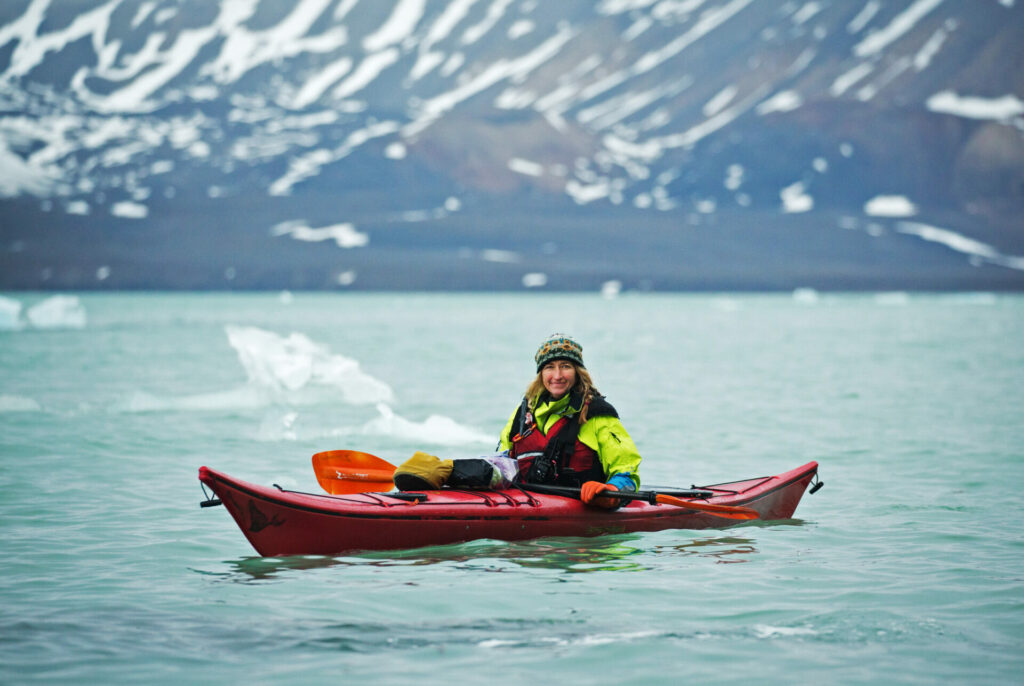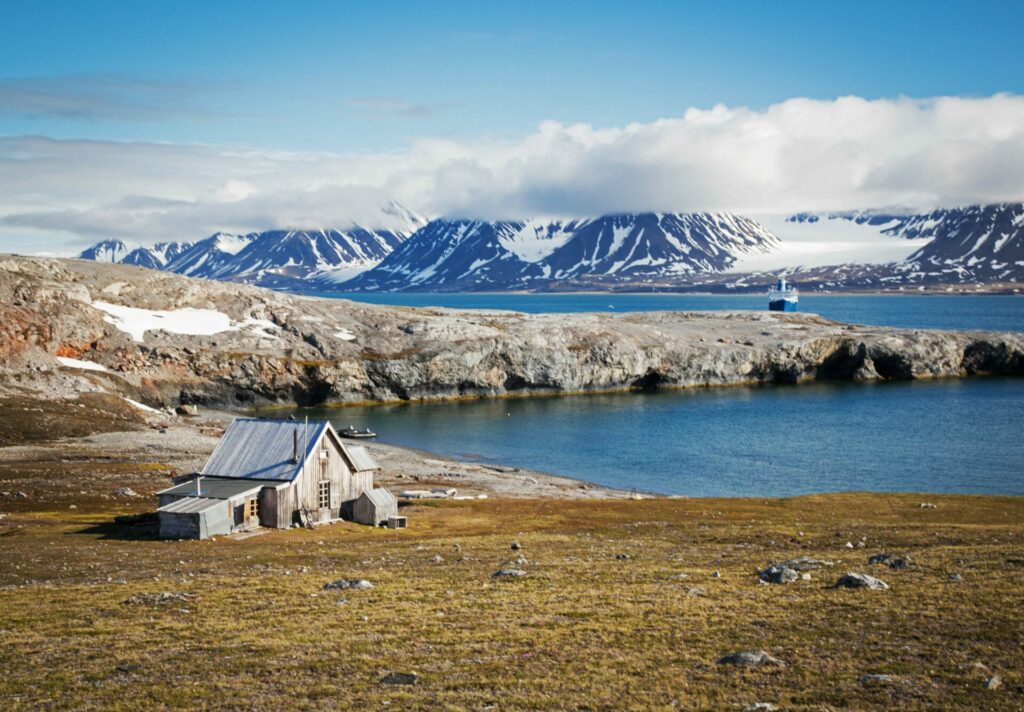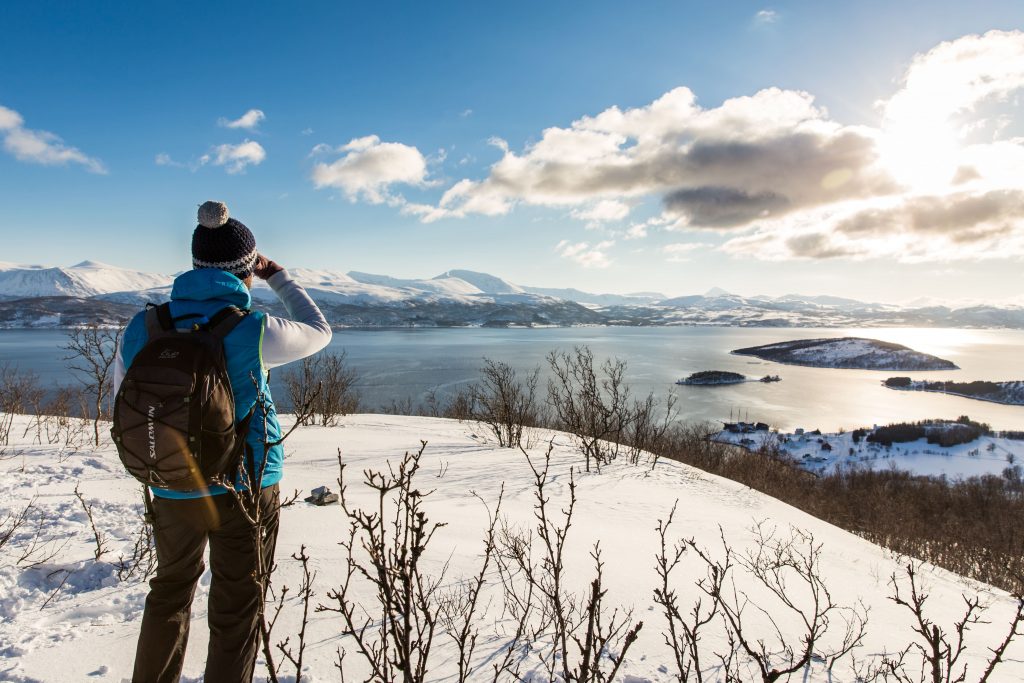Before embarking on your Arctic cruise, make sure you are prepared for the adventure of a lifetime!
When visiting the Arctic, it’s important to dress appropriately for the cold temperatures. Dressing in layers is key, as it allows you to easily adjust your clothing as needed. Base layers should be made of moisture-wicking materials to keep you dry, followed by insulating layers to keep you warm. A down jacket or parka, thermal pants, and insulated boots are also essential. It’s also a good idea to bring a hat, gloves, and a scarf to cover your face.
The best time to visit the Arctic depends on your interests. In the summer, the sun is up 24 hours a day, making it an ideal time for hiking, kayaking, and wildlife viewing. In the winter, you can witness the Northern Lights and participate in winter sports such as skiing and snowmobiling. Keep in mind that weather conditions can be harsh and unpredictable during any season.

The Arctic is home to many Indigenous communities, each with their own unique culture and history. Take the time to learn about their way of life and show respect for their traditions. It’s also important to support local businesses and purchase handmade items to support the local economy.
A guided tour can provide valuable insight into the Arctic’s history, culture, and natural environment. Guides can also help ensure your safety and provide access to areas that may be difficult to navigate on your own. Don’t get lost while exploring on your vacation! Guides can make adventure just as fun with peace of mind.
The Arctic is a fragile ecosystem, and it’s important to take steps to minimize your impact. Follow the Leave No Trace principles, which include packing out all trash and minimizing campfire impact. It’s also important to stay on designated trails and avoid disturbing wildlife.
Depending on your planned activities, you may need specialized equipment such as snowshoes, skis, or a survival kit. Make sure you are prepared and have everything you need before you head out with your activity group! Instructors should double-check that you are fully-equipped, but it is best to make sure you have everything yourself as well.

The Arctic is home to many incredible animals, so keep an eye out for the local furry (and feathered) inhabitants! Do note that it’s crucial to keep a safe distance to avoid disturbing them or putting yourself in danger. Follow any guidelines or rules put in place to protect the wildlife, such as avoiding certain areas during breeding season.
In the winter months, the Arctic can experience 24-hour darkness. This can be disorienting and can affect your mood and energy levels. It’s important to bring plenty of artificial light sources such as headlamps and flashlights, and to take steps to combat Seasonal Affective Disorder (SAD) if necessary.
Conversely, if you plan to visit during the summer months the midnight sun will be out and shining nearly 24 hours every day! Not to worry, your cabin windows aboard your ship should keep the sunlight out during your resting times.

Weather conditions in the Arctic can be unpredictable, and it’s important to be prepared for changes in your itinerary. Make sure you have a backup plan in case of cancellations or delays, and stay open to new experiences.
The Arctic can be a challenging environment, both physically and mentally. Make sure to stay hydrated, get enough rest, and listen to your body. Many ships have pools or saunas, why not take some time to relax between activities! It’s also important to take steps to combat altitude sickness if you’re traveling to high elevations.

Contact Polar Holidays to schedule a free consultation with one of our booking specialists today!